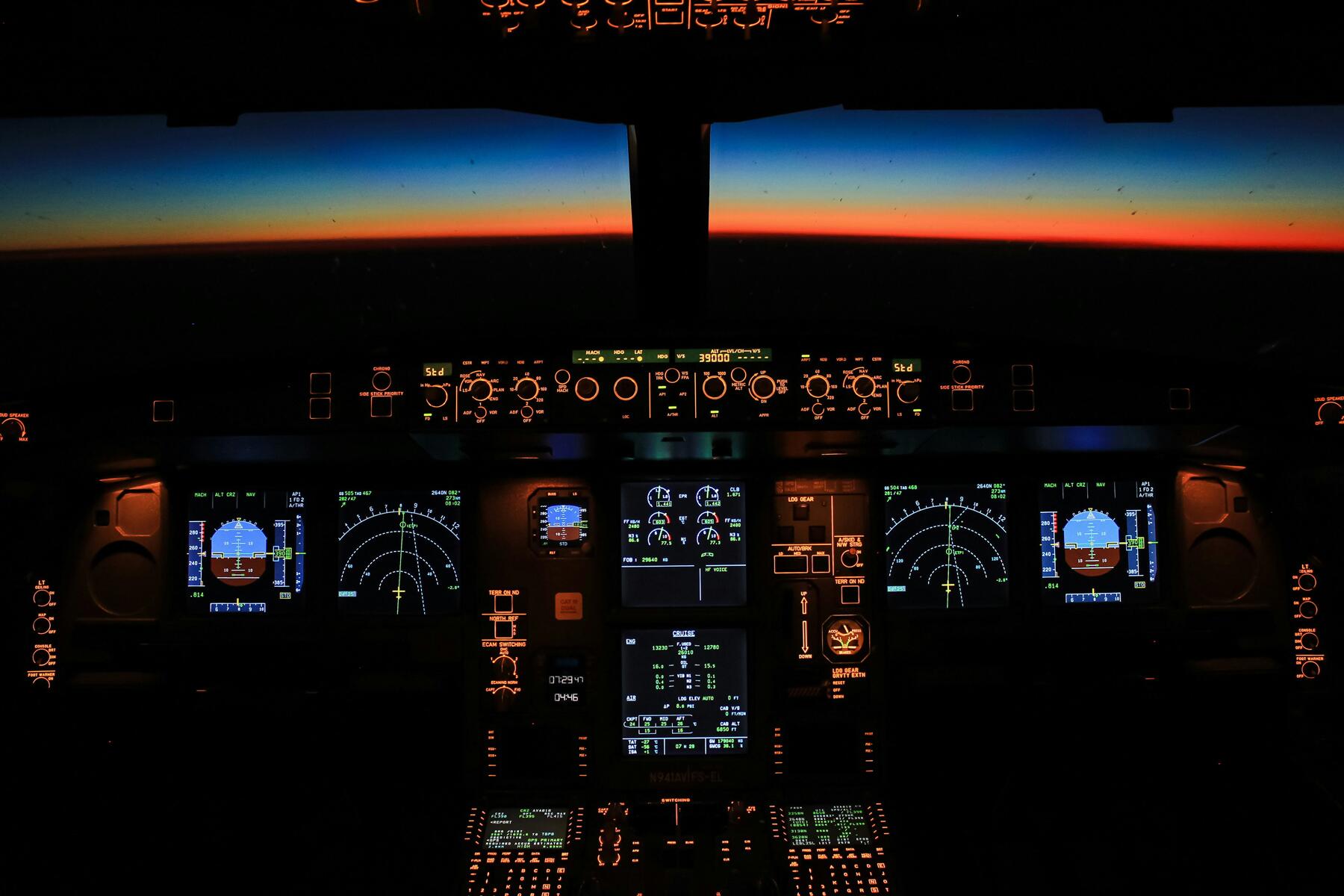Two pilots took a long nap, plus four more travel stories from last week.
It was another turbulent week for Boeing and a nightmarish one for passengers on various flights around the world. Diversions, mid-air scares, and strange incidents dominated the travel news cycle again and even if you don’t have immediate travel plans, you may want to read through these five note-worthy stories from the week.
TWO PILOTS FELL ASLEEP IN COCKPIT
Two pilots flying Indonesian carrier Batik Air reportedly fell asleep for 28 minutes during a flight from Kendari to Jakarta on January 25. There were 153 passengers and four flight attendants on board; no one was hurt on the two-and-a-half hour flight.
The pilot-in-command requested time to rest after the plane reached cruising altitude and the second-in-command took over. But the second-in-command also fell asleep around 90 minutes into the flight. As per CNN, the Jakarta air traffic control center attempted to contact the pilots but received no reply. The pilot-in-command woke up 28 minutes later, at which the flight was no longer on the correct path. He woke up his co-pilot and responded to the control center.
An investigation into the incident is ongoing.
BOEING HAD ANOTHER ACCIDENT-FILLED WEEK
While the Indonesian flight landed without incident, passengers on a March 4 LATAM flight from Australia to New Zealand weren’t as lucky. The Chilean airline, operating a Boeing 787-9 Dreamliner, suffered a technical difficulty mid-flight which was described as a “strong movement” that injured 50 people. On landing in Auckland, passengers were treated by the paramedics for mild injuries, while 12 were taken to the hospital.
Recommended Fodor’s Video
The incident again puts Boeing under the spotlight. And this wasn’t even the only Boeing incident last week. An engine caught on fire last Monday on a United flight, but the Boeing 737-900 safely landed. On another United flight, a tire fell off the plane immediately after takeoff at San Francisco on Thursday, damaging cars in the airport parking lot. The plane was diverted to Los Angeles and landed safely.
The manufacturer is under massive scrutiny after a series of events. An investigation by the FAA has revealed huge problems within the company and its safety culture and prosecutors have opened a criminal investigation on the January Alaska Airline incident, in which a door plug blew off mid-flight.
Related: Boeing 737 Max 9 Isn’t the Only Aircraft With Problems. Here Are 4 Others That Have Had Issues
MOUNT FUJI TO CHARGE CLIMBERS
Japan’s sacred Mount Fuji, which appeared on this year’s No List, has suffered recently from an overflowing number of tourists. Around 220,000 climbed the mountain between July and September last year. This season, the authorities are introducing limitations to prevent overcrowding and ensure safety.
Travelers will have to pay $13 to climb the mountain and the authorities are also capping the Yoshida trail–the most accessible route–at 4,000 people per day. Hikers will also not be allowed to set out between 4 p.m. and 2 a.m. as a way to stop “bullet climbs” without breaks.
Like many other places in the world, overtourism has become a concern in recent years. Japan’s revered and famous mountain is dealing with litter and congestion. Tourists who get sick also require rescue services; 61 such calls were made last year. The new rules come into effect on July 1.
DONOR GAVE $40 MILLION TO YELLOWSTONE
In more positive news this week, an anonymous donor gifted Yellowstone National Park $40 million. The funds were donated to create more staff housing and help the National Park Foundation build 70 units inside the park. The National Park Foundation is the official charity of the park service.
Affordable housing has become a challenge for people working in Yellowstone, and the crisis has pushed employees out of nearby towns. More than 3,000 people are employed in Yellowstone at peak season, but it makes more business sense for home-owners to rent to tourists than long-term staff.
Will Shafroth, President and CEO of National Park Foundation said, “This transformational gift will meet a critical need for new housing in Yellowstone, and be a catalyst for more philanthropic investment.”
AIRBNB BANS INDOOR CAMERAS
From outpricing locals in cities to unjustifiable cleaning fees to irritating encounters with hosts who cancel last-minute, Airbnb has lost its favor with many guests. But it’s also on the path of restitution.
It is coming up with new strategies to bring back customers. In its spring update, Airbnb announced the removal of 100,000 low-quality listings since last year. Nearly 1.5 million homes have been verified across the U.S., U.K., Canada, Australia, and France and the process is set to start for 30 more countries this fall.
This week, the company also announced that it is banning indoor cameras to preserve the privacy of guests. Cameras were earlier allowed in hallways and living rooms as long as they were disclosed to guests, but it has been a bone of contention with guests who report invasion of privacy concerns and illegal use of tech by not disclosing them or using spy cameras.
There will be a blanket ban inside homes from April 30 and non-compliance may lead to removal of listings or account removal. Meanwhile, doorbell cameras and noise decibel monitors are allowed. The platform will have comprehensive guidelines on how to use these.
Related: Sick of Airbnb? Here Are 11 Alternative Rental Platforms You Should Try Instead



